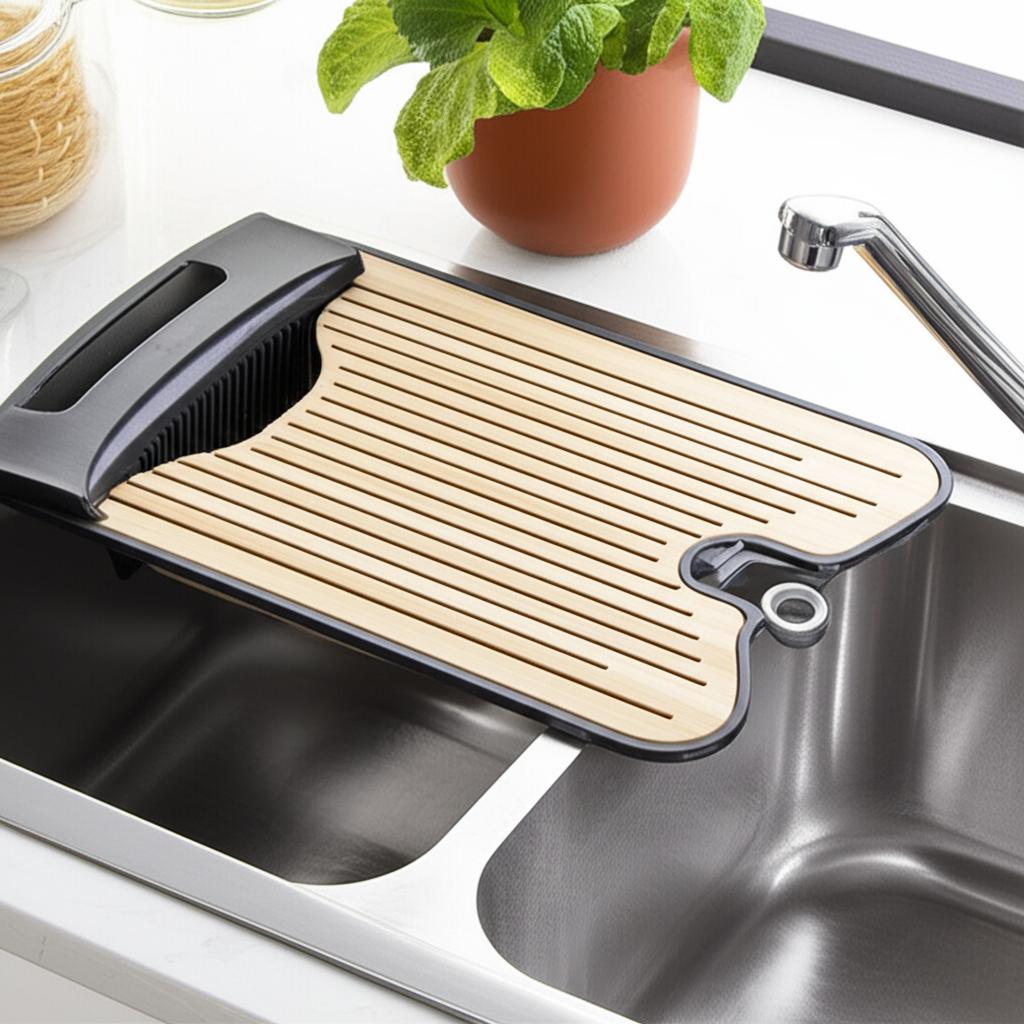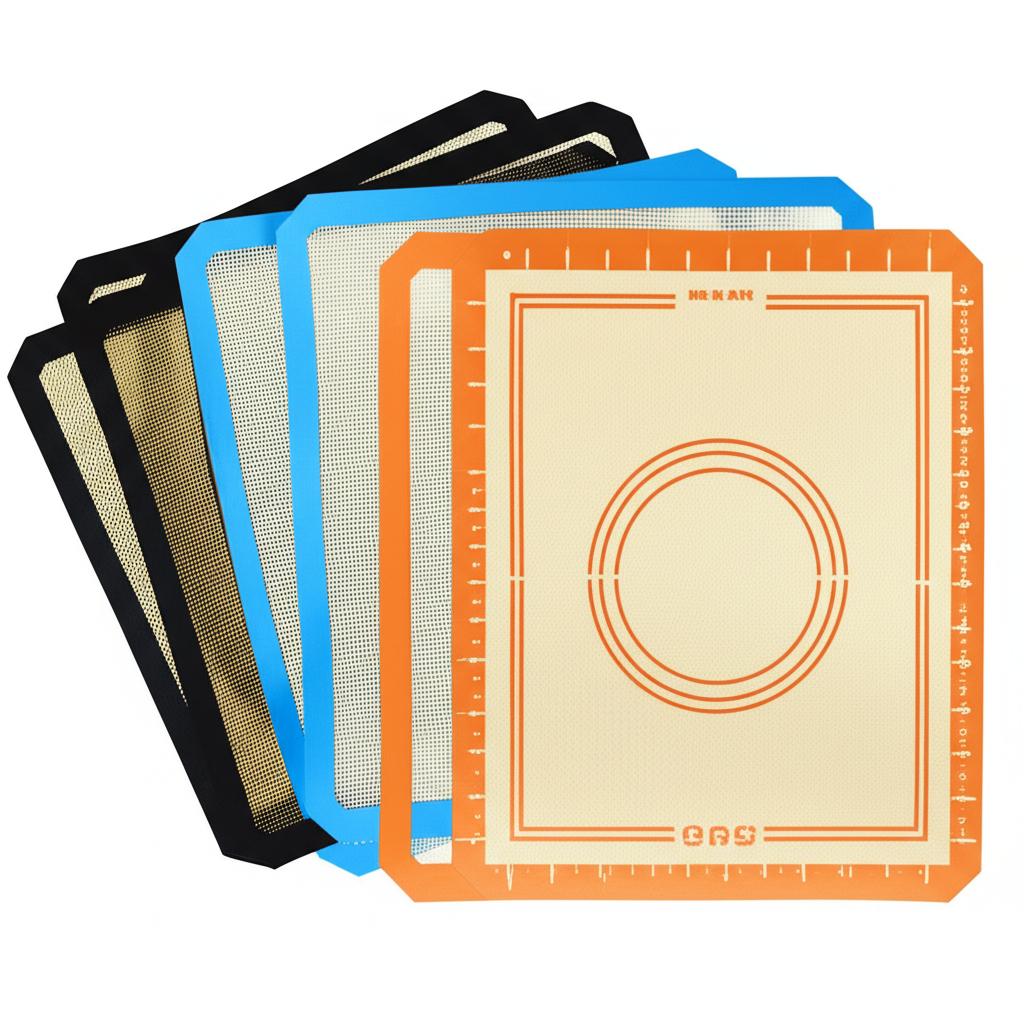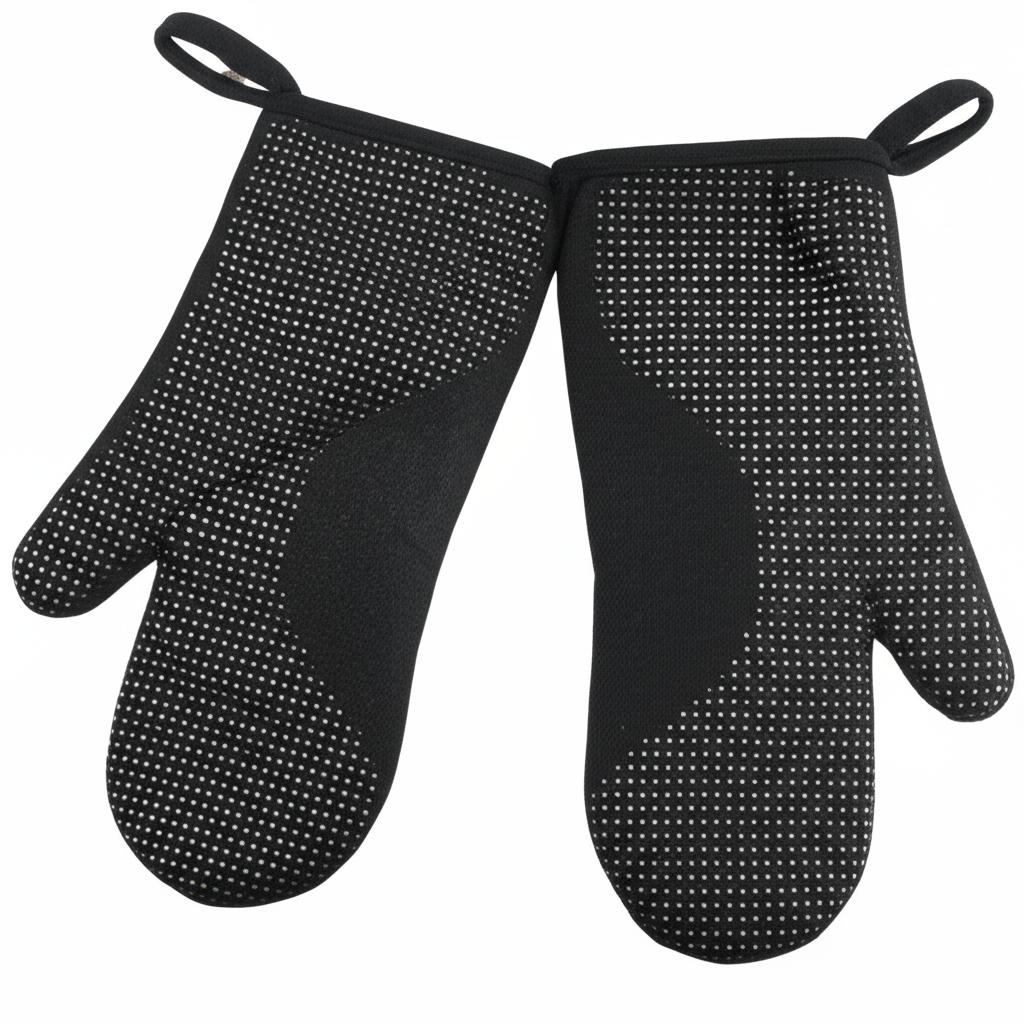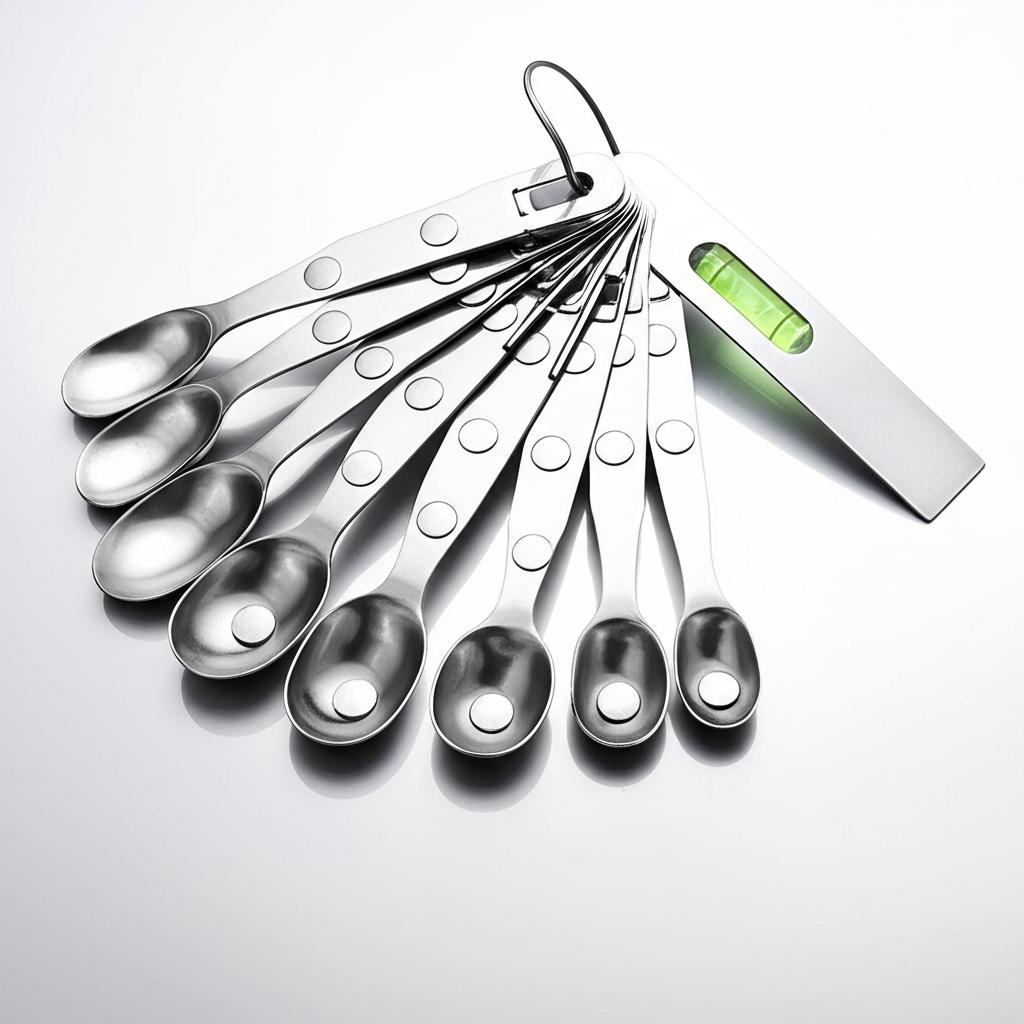
Ever feel like your kitchen counter is perpetually locked in a wrestling match with your cutting board, leaving no room for anything else? Do you find yourself constantly moving things around, juggling ingredients, and wishing you had an extra pair of hands or, better yet, an extra foot of counter space? If this sounds familiar, you’re not alone! Kitchen real estate, especially in smaller homes or apartments, is often at a premium. But what if there was a simple, ingenious tool that could transform your food prep, reclaim your valuable counter space, and even make cleanup a breeze?
Dexas Over the Sink Poly Cutting Board with Collapsible Colander Strainer, 11.5 x 20″, Natural/Gray
Enter the unsung hero of modern kitchen convenience: the over-the-sink cutting board with strainer. This isn’t just another kitchen gadget; it’s a revolutionary workstation designed to maximize efficiency, enhance hygiene, and drastically simplify your culinary routine. Imagine chopping fresh veggies, rinsing fruits, and discarding scraps, all in one seamless motion, directly over your sink. No more cluttered countertops, no more dripping messes across the floor, and no more frantic searching for a colander. Intrigued? Let’s dive in and explore everything there is to know about this kitchen game-changer.
What Makes an Over-the-Sink Cutting Board with Strainer a Kitchen Game-Changer?
At its heart, this innovative tool is all about smart design and practical functionality. It’s an evolution of the traditional cutting board, intelligently integrated with features that directly address common kitchen frustrations.
Unlocking Counter Space
This is arguably the most significant benefit. By fitting directly over your sink, the cutting board effectively extends your counter space. This means you can keep your main countertops free for other tasks, appliances, or just to enjoy a clutter-free environment. For those with tiny kitchens, this is nothing short of a miracle. It’s like having a built-in food prep station that simply disappears when you’re done.
Streamlining Food Prep
Think about your typical routine for preparing vegetables: you wash them, move them to a cutting board, chop them, and then often transfer them to a colander to rinse again or drain. With an over-the-sink cutting board, many of these steps merge. You can rinse your produce directly in the integrated strainer, then slide it onto the cutting surface to chop. Scraps and peelings can be pushed directly into the sink for easy disposal or into the strainer for composting, minimizing back-and-forth movements and drips. This smooth workflow makes meal prep faster and much more enjoyable.
Boosting Hygiene and Cleanliness
Working directly over the sink helps contain messes. Juices from fruits or vegetables, crumbs, and other debris fall straight into the sink, preventing them from spreading across your clean countertops. The integrated strainer means you’re not placing a potentially dirty colander onto your counter. Many models are also made from non-porous materials that are easy to clean, some even being dishwasher-safe, ensuring a more hygienic food preparation environment. Less mess on the counter means less time spent wiping and scrubbing.
Incredible Versatility
While its primary function is chopping and straining, the utility of an over-the-sink cutting board with strainer extends far beyond. It can serve as a drying rack for small items, a defrosting station for frozen foods (with the sink catching the drips), or even an extra serving surface for parties when you need every inch of space. Some designs come with multiple compartments, allowing you to separate different ingredients, making intricate meal prep even more organized.
Diving Deeper: Types and Materials
Just like traditional cutting boards, over-the-sink models come in various materials, each offering its own set of advantages and considerations. Your choice will depend on your cooking style, aesthetic preferences, and maintenance tolerance.
Natural Beauty: Bamboo and Wood
Bamboo and various hardwoods (like maple or acacia) are popular choices for cutting boards, and they translate beautifully into the over-the-sink design.
* Pros:
* Aesthetics: They offer a warm, natural look that can complement almost any kitchen decor.
* Knife-Friendly: Softer than plastic, wood and bamboo are gentler on knife blades, helping them stay sharper longer.
* Eco-Friendly: Bamboo, in particular, is a highly renewable resource.
* Durability: With proper care, a good quality wood or bamboo board can last for years.
* Cons:
* Maintenance: They require more care than plastic. They aren’t typically dishwasher-safe and need to be regularly oiled to prevent drying, cracking, and warping.
* Water Damage: Prolonged exposure to water (which is inevitable over a sink) can be problematic if not properly dried.
* Hygiene: Wood is porous, meaning it can absorb odors and potentially harbor bacteria if not cleaned thoroughly and dried properly.
Practical and Hygienic: Plastic and Polypropylene
Plastic cutting boards, often made from high-density polyethylene (HDPE) or polypropylene, are a common and practical choice.
* Pros:
* Dishwasher Safe: Many plastic models can be tossed into the dishwasher, making cleanup incredibly easy and ensuring proper sanitization.
* Lightweight: Easy to move, lift, and store.
* Affordable: Generally more budget-friendly than wood or bamboo.
* Hygienic: Non-porous surfaces don’t absorb liquids or odors, making them excellent for handling raw meats. They are also less prone to bacterial growth if cleaned correctly.
* Cons:
* Knife Marks: Plastic surfaces are more prone to showing knife marks and gouges, which can eventually become difficult to clean.
* Aesthetics: While functional, they might not have the same visual appeal as natural wood.
* Slipping: Some cheaper plastic models might slip more easily on certain surfaces unless they have integrated non-slip feet.
Flexible and Innovative: Silicone and Composite Designs
Some over-the-sink boards incorporate silicone or are made from composite materials, offering unique benefits.
* Pros:
* Non-Slip: Silicone components naturally grip surfaces, preventing unwanted movement.
* Collapsible/Foldable: Some silicone or composite designs can collapse or fold for extremely compact storage.
* Versatility: Often combine the benefits of different materials, like a rigid plastic board with silicone non-slip edges.
* Heat Resistant: Some silicone components can withstand high temperatures, allowing for more diverse uses.
* Cons:
* Less Rigid: Pure silicone boards might not offer the same stable cutting surface for heavy-duty chopping as wood or rigid plastic.
* Odor Retention: Like some plastics, silicone can sometimes absorb strong odors if not cleaned quickly.
Essential Features to Look For
Beyond the material, specific design features elevate an over-the-sink cutting board from useful to indispensable. Paying attention to these details will ensure you pick the right model for your kitchen.
Adjustable and Universal Fit
This is crucial. Sinks come in various sizes, so a board with adjustable arms or extendable sides is a lifesaver. Look for models that clearly state their adjustable range and measure your sink before purchasing. Universal fit designs typically mean they can span a wide array of sink widths.
Integrated Strainer/Colander
The defining feature! This can be a pull-out drawer, a removable basket, or a fixed section with drainage holes.
* Removable Basket: Offers flexibility, allowing you to take the strainer to another location or use the board without it. Easy to clean.
* Pull-out Drawer: Often more integrated and seamless, but might require more precise cleaning.
* Fixed Section: Simplest design, but less flexible for specific tasks.
Drip Edge and Juice Grooves
A well-designed board will have a raised edge or “juice groove” around the perimeter of the cutting surface. This invaluable feature prevents liquids from spilling onto your counter or floor, keeping messes contained on the board where they belong, eventually draining into the sink or strainer.
Non-Slip Feet or Grips
To ensure safety and stability while chopping, look for boards with rubberized feet or silicone grips on the underside of the extending arms or the main body. This prevents the board from sliding around, which is a major safety concern when using sharp knives.
Multiple Compartments and Storage
Some advanced models offer extra compartments beyond the strainer. These can be small bins for holding pre-chopped ingredients, discarded scraps, or even small containers for storing your prepped food before cooking. This multi-zone approach further enhances organization.
Knife-Friendly Surface
While wood and bamboo are naturally kinder to blades, even plastic boards can be designed with surfaces that minimize dulling. Avoid overly hard or textured plastic surfaces that might damage your knives.
Your Ultimate Buying Guide: Picking the Perfect Board
Choosing the right over-the-sink cutting board with strainer involves more than just picking a pretty color. Here’s a step-by-step guide to help you make an informed decision:
1. Measure Your Sink: The Golden Rule
Seriously, don’t skip this. Measure the width of your sink from outer rim to outer rim, including any lip or edge. Also, consider the depth from front to back if you have a non-standard sink. Compare these measurements to the product specifications for the board’s adjustable range. A snug but not forced fit is ideal for stability and safety.
2. Consider Your Cooking Style and Needs
- Heavy Chopper? If you frequently chop large quantities or dense vegetables, prioritize a sturdy board with a generous cutting surface and a material that won’t dull knives quickly (like bamboo or wood).
- Meal Prepper? Look for models with multiple compartments for separating ingredients and efficient cleanup.
- Small Kitchen? Prioritize compact, collapsible, or highly adjustable models that can be easily stored.
- Raw Meat Handler? Plastic or composite boards that are dishwasher safe are often preferred for their ease of sanitization.
3. Material Matters: Durability vs. Maintenance
- Wood/Bamboo: Best for knife longevity and aesthetics, but requires regular oiling and hand washing. Great for general produce.
- Plastic/Polypropylene: Best for hygiene (especially raw meats) and ease of cleaning (dishwasher safe), but can show knife marks over time.
- Silicone/Composite: Best for non-slip properties, compact storage, and versatility, but might lack the rigidity for very heavy chopping.
4. Ease of Cleaning and Storage
Do you want to toss it in the dishwasher, or are you okay with hand washing? How much storage space do you have? Some boards are quite bulky, while others are designed to fold or slide away.
5. Budget-Friendly Options vs. Premium Picks
Prices vary widely based on material, brand, and features. Set a realistic budget, but remember that investing a bit more in a well-made, durable board can save you money and frustration in the long run.
6. Read Reviews and Check Warranties
Before committing, scour online reviews from other users. Look for comments on stability, durability, ease of cleaning, and how well it fits various sinks. A good warranty can also provide peace of mind.
Maximizing Your Board: Tips and Best Practices
Dexas Over the Sink Poly Cutting Board with Collapsible Colander Strainer, 11.5 x 20″, Natural/Gray
Once you have your over-the-sink cutting board, here are some tips to get the most out of it:
Smart Placement and Positioning
Always ensure the board is securely seated over your sink, with the adjustable arms firmly in place. Distribute weight evenly while chopping. If your board has a removable strainer, position it strategically for the task at hand – perhaps under the cutting area for scraps, or to the side for rinsing.
Prep Station Power-Ups
Use the board as your command center. Keep a small bowl for edible scraps (for composting or broth), another for waste, and your knife within easy reach. The integrated strainer is perfect for rinsing berries, greens, or draining pasta directly into the sink.
Beyond Chopping: More Creative Uses
- Thawing Station: Place frozen meat or poultry on the board, with the strainer or open sink below to catch drips as it thaws.
- Dish Drying Rack: Use the strainer section to air dry small utensils, baby bottle parts, or delicate glassware.
- Washing Produce: Fill your sink with water, place the board over it, and use the integrated strainer to wash large quantities of fruits or vegetables.
- Serving Platter: A clean, attractive wooden board can double as a rustic serving platter for cheeses or appetizers when not in use for prep.
Keep it Sharp: Knife Care on Your Board
No matter the material, always use proper cutting techniques. Avoid chopping directly on metal or very hard surfaces. If using a wood or bamboo board, periodically condition it with food-grade mineral oil to maintain its integrity and protect your knives.
Common Mistakes to Avoid
Even with a seemingly simple tool, a few missteps can diminish its effectiveness or lifespan.
Ignoring Sink Compatibility
This is the biggest pitfall. A board that’s too small will fall in; one that’s too big won’t sit properly. Always measure! Don’t assume “universal” means it fits every sink perfectly.
Neglecting Proper Cleaning
Just because it’s over the sink doesn’t mean it cleans itself. Food particles can get stuck in crevices, especially in strainers or adjustable mechanisms. Always clean thoroughly after each use, especially if handling raw meat.
Choosing the Wrong Material for Your Needs
If you hate hand washing, don’t buy a bamboo board. If you prioritize hygiene for raw meats, don’t rely solely on a porous wood board without proper sanitization. Match the material to your habits.
Overloading the Strainer
While convenient, don’t overload the integrated strainer with excessive weight (e.g., a huge pot of boiling pasta unless specifically designed for it). This can strain the board’s structure or cause it to tip.
Storing Incorrectly
Don’t leave a wet wood board sitting over the sink indefinitely, as this encourages warping or mold. Ensure all boards, especially wood and bamboo, are thoroughly dry before storing. Store them upright or flat in a well-ventilated area.
Care and Maintenance: Keeping Your Board Pristine
Proper care ensures your over-the-sink cutting board with strainer remains hygienic, functional, and lasts for years.
General Cleaning Guidelines
For all materials, immediately after use:
1. Rinse: Rinse off all food debris under running water.
2. Wash: Use warm, soapy water and a sponge or brush.
3. Sanitize (Optional but Recommended): For an extra layer of cleanliness, especially after cutting raw meat, you can use a diluted bleach solution (1 teaspoon bleach per quart of water) or a food-safe sanitizing spray. Rinse thoroughly afterward.
4. Dry: This is crucial. Air dry completely, or hand dry with a clean cloth. Never store a damp board.
Specific Care for Different Materials
- Bamboo/Wood Boards:
- No Dishwasher: The high heat and prolonged moisture in a dishwasher will warp, crack, and potentially split your wooden board. Hand wash only.
- No Soaking: Never submerge or soak wooden boards in water for extended periods.
- Oil Regularly: Condition your board every few weeks (or more often if it looks dry) with food-grade mineral oil, beeswax, or a specialized cutting board oil. This prevents drying, cracking, and helps maintain its water resistance. Apply a generous amount, let it soak in for several hours (or overnight), and then wipe off any excess.
- Plastic/Polypropylene Boards:
- Dishwasher Safe: Most plastic boards are dishwasher safe, making cleanup effortless. Check the manufacturer’s instructions.
- Deep Cleaning: If knife marks become prominent, a paste of baking soda and water can help scrub them out.
- Silicone/Composite Boards:
- Dishwasher Safe: Many are, but always check.
- Odor Removal: If silicone starts to retain odors, a soak in white vinegar and water, or scrubbing with baking soda, can help neutralize them.
Dealing with Stains and Odors
- Stains: For tough stains on plastic or wood, a paste of baking soda and lemon juice can be effective. Let it sit for a few minutes before scrubbing and rinsing.
- Odors: Rubbing half a lemon (cut side down) over the board, or sprinkling it with coarse salt and scrubbing, can help absorb and neutralize strong odors from garlic, onions, or fish. Rinse thoroughly afterward.
Frequently Asked Questions (FAQ)
Q1: How do I measure my sink to ensure a proper fit for an over-the-sink cutting board?
A: Measure the total width of your sink from outer rim to outer rim, including any lip or edge that the board’s arms would rest on. Also, measure the depth from front to back if the board extends significantly over the faucet area. Compare these measurements to the adjustable range specified by the manufacturer. Most boards are designed for standard sink sizes, but double-checking is key.
Q2: Are over-the-sink cutting boards truly hygienic, especially compared to traditional ones?
A: Yes, they can be highly hygienic. Their placement over the sink means juices and scraps go directly into the drain, reducing mess on your counter. Many plastic or composite models are dishwasher-safe, allowing for thorough sanitization. Even wood/bamboo boards are hygienic if cleaned and dried properly after each use, and periodically oiled to maintain their non-porous surface.
Q3: Can I put my over-the-sink cutting board in the dishwasher?
A: It depends on the material. Most plastic and silicone over-the-sink boards are dishwasher safe. However, wood and bamboo boards are generally NOT dishwasher safe, as the high heat and prolonged moisture can cause warping, cracking, and damage. Always check the manufacturer’s care instructions.
Q4: What’s the best material for durability and longevity?
A: For sheer durability and resistance to deep knife marks, some high-density plastic or composite materials can be very long-lasting, especially if they are thick. However, a well-maintained, high-quality wooden or bamboo board can also last for many years and is often preferred for its knife-friendliness and aesthetic appeal. Your choice should balance durability with ease of maintenance.
Q5: Do they really save space, or are they just another gadget?
A: They absolutely save space, especially in smaller kitchens. By utilizing the often-unused space directly over your sink, they free up valuable counter space that would otherwise be taken by a traditional cutting board and a separate colander. This makes them a genuine space-saving solution, not just another gadget.
Q6: Can I use them for hot items or as a trivet?
A: Most over-the-sink cutting boards, especially those made of wood, bamboo, or certain plastics, are not designed to withstand high heat or be used as a trivet. High temperatures can warp plastic, damage wood, or compromise the board’s structural integrity. If you need a heat-resistant surface, opt for specialized trivets or designated areas.
Q7: How do I prevent my board from slipping while I’m cutting?
A: Look for boards that feature non-slip feet, rubberized grips, or silicone edges on the underside of their extending arms or main body. These features are designed to create friction and keep the board securely in place over your sink. If your current board slips, you can try placing non-slip mats or gripping pads underneath the support points.
Q8: Are they safe for all knives?
A: Generally, yes. The cutting surfaces on these boards are designed to be safe for kitchen knives. Wood and bamboo are typically gentler on knife edges, helping them stay sharp longer. Plastic boards can be fine, but very hard plastics might dull knives faster or show more cut marks. Always use good cutting technique and avoid chopping forcefully onto any surface.
Q9: What are some less obvious uses for these boards?
A: Beyond chopping and straining, they can serve as: a thawing station for frozen foods (with drips going into the sink), a temporary drying rack for small utensils or delicate items, an extra serving surface for buffet-style meals, or even a convenient place to hold a cookbook or tablet while following a recipe.
Q10: Are they difficult to store?
A: Storage depends on the specific design. Some over-the-sink boards can be quite bulky. However, many modern designs are made with space-saving in mind. Look for models that are collapsible, foldable, or slender enough to be stored upright in a cupboard, beside the fridge, or even hung on a wall hook.
Conclusion: Elevate Your Kitchen Experience
The humble over-the-sink cutting board with strainer is far more than just a piece of kitchen equipment; it’s an investment in efficiency, organization, and a more enjoyable cooking experience. By thoughtfully combining a functional cutting surface with an integrated strainer, it tackles common kitchen pain points head-on. It frees up precious counter space, streamlines your food preparation workflow, and makes cleanup incredibly simple.
Whether you’re a seasoned home chef or just starting your culinary journey, adding this versatile tool to your arsenal can truly elevate your kitchen. Take the time to choose the right material, consider the essential features, and remember to measure your sink for that perfect fit. With the right board and a few smart practices, you’ll wonder how you ever managed without this indispensable kitchen innovation. Say goodbye to cluttered counters and hello to seamless, stress-free food prep!



